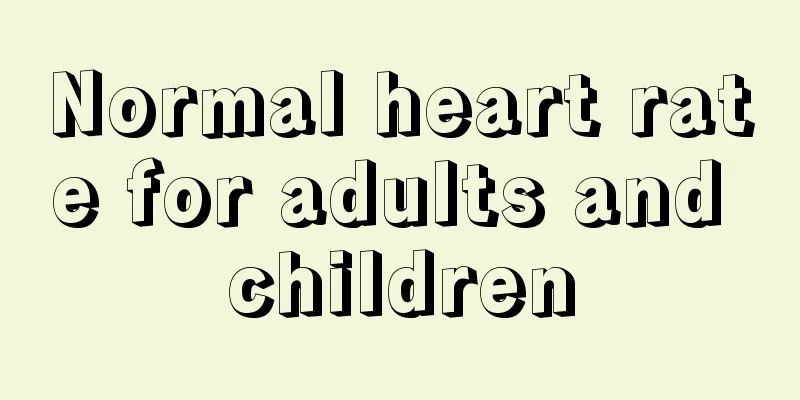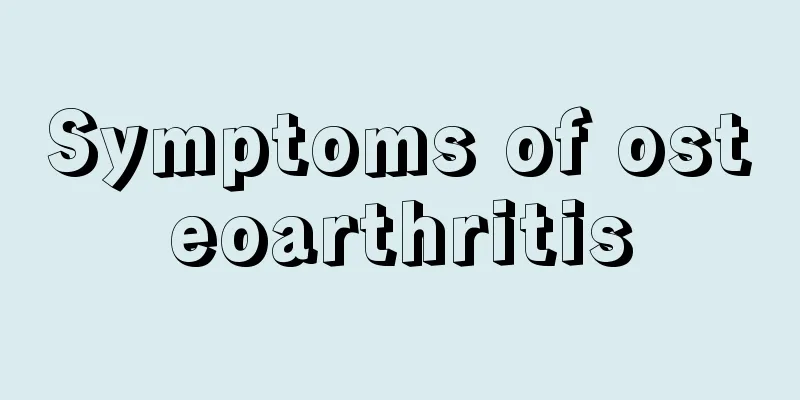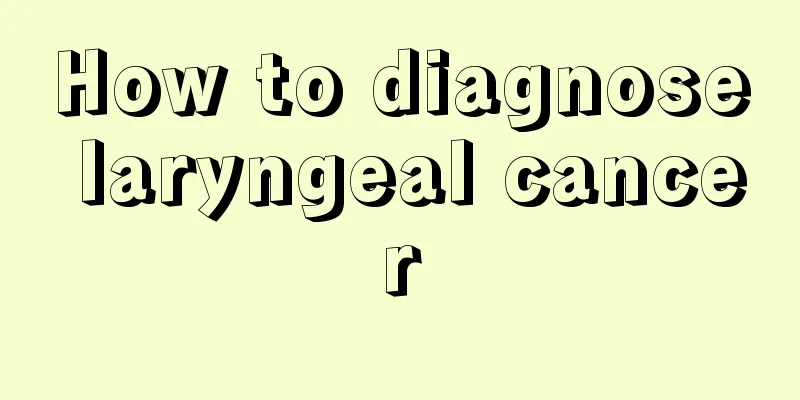Normal heart rate for adults and children

|
The rhythm of the heartbeat is relatively constant. When a disease occurs, it will affect the frequency of the heart's contraction and expansion, thus bringing adverse effects to the entire body. The frequency of heart beats, that is, heart rate, is almost different for everyone, but it is generally within the healthy range. Let’s take a look at the normal heart rate for adults and children. I hope everyone can understand it. There are significant individual differences in the resting heart rate of normal adults, with an average of around 75 beats/minute (between 60-100 beats/minute). Heart rate can vary depending on age, gender, and other physiological conditions. The heart rate of a newborn is very high, reaching over 130 beats per minute. Among adults, women generally have a slightly faster heart rate than men. For the same person, the heart rate slows down when the person is at rest or sleeping, and speeds up when the person is exercising or emotionally excited. Under the influence of certain drugs or neurohumoral factors, the heart rate can speed up or slow down. 1. A heart rate of more than 100 beats per minute in an adult (generally not more than 160 beats per minute) or more than 150 beats per minute in an infant is called sinus tachycardia. It is common in normal people after exercise, excitement, agitation, smoking, drinking and strong tea. It can also be seen in fever, shock, anemia, hyperthyroidism, heart failure and the use of atropine, epinephrine, ephedrine, etc. 2. If the heart rate is between 160 and 220 beats per minute, it is often called paroxysmal tachycardia. 3. A heart rate lower than 60 beats/minute (generally above 40 beats/minute) is called sinus bradycardia. It can be seen in people who engage in heavy physical labor for a long time and in athletes; pathologically, it can be seen in hypothyroidism, increased intracranial pressure, obstructive jaundice, and overdose or poisoning of digitalis, quinidine, or propranolol. 4. If the heart rate is lower than 40 beats/min, atrioventricular block should be considered. 5. A heart rate that is too fast, exceeding 160 beats/minute, or less than 40 beats/minute, is mostly seen in patients with heart disease. Patients often experience palpitations, chest tightness, and discomfort in the precordial area. A detailed examination should be conducted as soon as possible so that treatment can be targeted at the cause. |
<<: Tooth filling and anti-inflammatory pain
Recommend
Can I do scraping while getting an anti-inflammatory injection?
The treatment of some inflammatory diseases is mo...
What are the drugs for nasopharyngeal carcinoma
The treatment of nasopharyngeal carcinoma mainly ...
Symptoms and hazards of hyperlipidemia
With the improvement of people's living stand...
Anxiety disorder physical pain
As people's work pressure increases, more and...
What should I do if I smell a bad odor?
Human beings are particularly sensitive creatures...
Repairing scars left by surgery
In daily life, the probability of disease occurre...
What are the dietary care methods for lung cancer? 4 key points of lung cancer diet care
As we all know, lung cancer is a cancer that can ...
Will the growth of renal hamartoma cause lower back pain?
The standard name of renal hamartoma is angiomyol...
What is white oil
With the continuous improvement of modernization,...
How to use cervical vertebra therapy instrument
With the increasing incidence of cervical spondyl...
Bleeding from butt crack
As the saying goes, nine out of ten men have hemo...
Do brain tumors and brain cancer affect sleep?
Do brain tumors and brain cancer affect sleep? 1....
Is the recurrence rate of growth hormone-producing pituitary tumors high?
Pituitary tumors are tumors that originate from t...
How to treat advanced lung cancer
How to treat advanced lung cancer? In the late st...
What is the survival rate of rectal cancer
The survival rate for rectal cancer in its early ...









